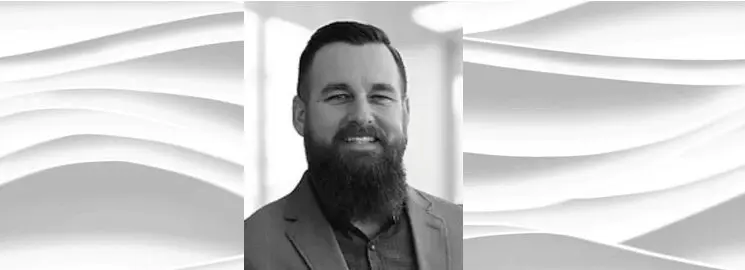Episode 119 – How a Brave Founder of a 20-year-old HR Firm is Reinventing Himself – Member Case by Tad McIntosh
Running a lifestyle business can lull a Founder to sleep. The days, weeks, months, and years pass by as you are “doing just fine”. Then, one day, you are in your mid-50s, and realize you cannot retire, and after all these years, you don’t have much to show for your life’s work. What then? On this episode, Tad McIntosh, President at HumCap, shares how after 20+ years he is trying to convert a lifestyle business into something he can scale, and sell, someday.










